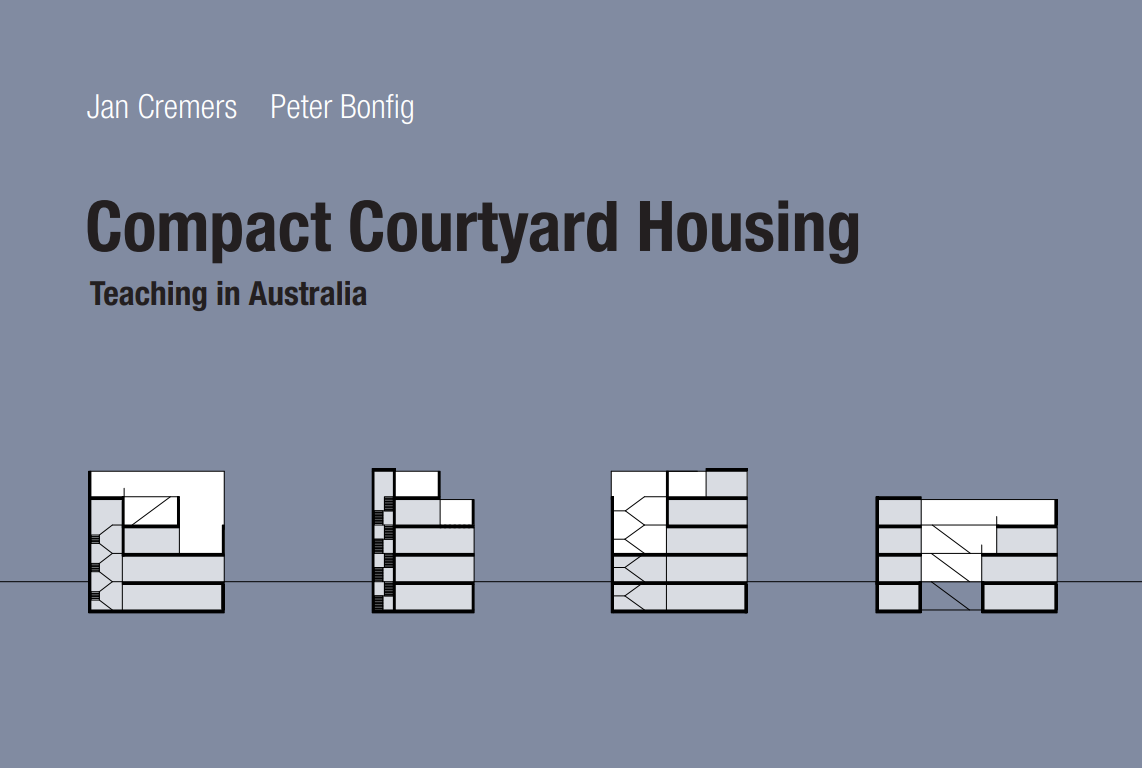The research project “Compact Courtyard Housing for sustainable High-Density Urbanity” has so far been carried out in two stages between 2017 and 2023 at the Stuttgart University of Applied Sciences HFT, Centre for Integral Architecture, with funding from the German Research Foundation DFG. Prof. Dr. Jan Cremers led the project.
The results of stage 1 were published in book form by Triest Verlag in 2021 under the titles “Kompakte Hofhäuser” (German version) and “Compact Courtyard Housing” (English version) [Triest]. The research team is seeking an international discourse on this topic with a global dimension in order to review, sharpen and further develop the concept of the compact courtyard house, which must be individually optimised for the location’s respective parameters with the aim of sustainability. To this end, events were held at the Kyoto Institute of Technology (KIT) back in 2014 and at the Università degli Studi di Roma La Sapienza in 2022.
As part of the research project at the HFT, a collaboration between the Stuttgart University of Applied Sciences and the University of Newcastle (UoN), Australia, School of Architecture and Built Environment was established at the beginning of 2023 with the support of the Deutsche Forschungsgemeinschaft DFG (German Research Foundation) and the Deutscher Akademischer Auslandsdienst DAAD (German Academic Exchange Service).
As part of the Master’s degree programme for architects at the UoN, the research findings should be reviewed and applied in urban planning and architectural designs, at least on an academic level. In particular, a climatic and cultural framework that differs significantly from Central Europe can open up further perspectives. This meant that the results of the research project to date served the course and, conversely, the course was ultimately able to provide further insights for the research project.


